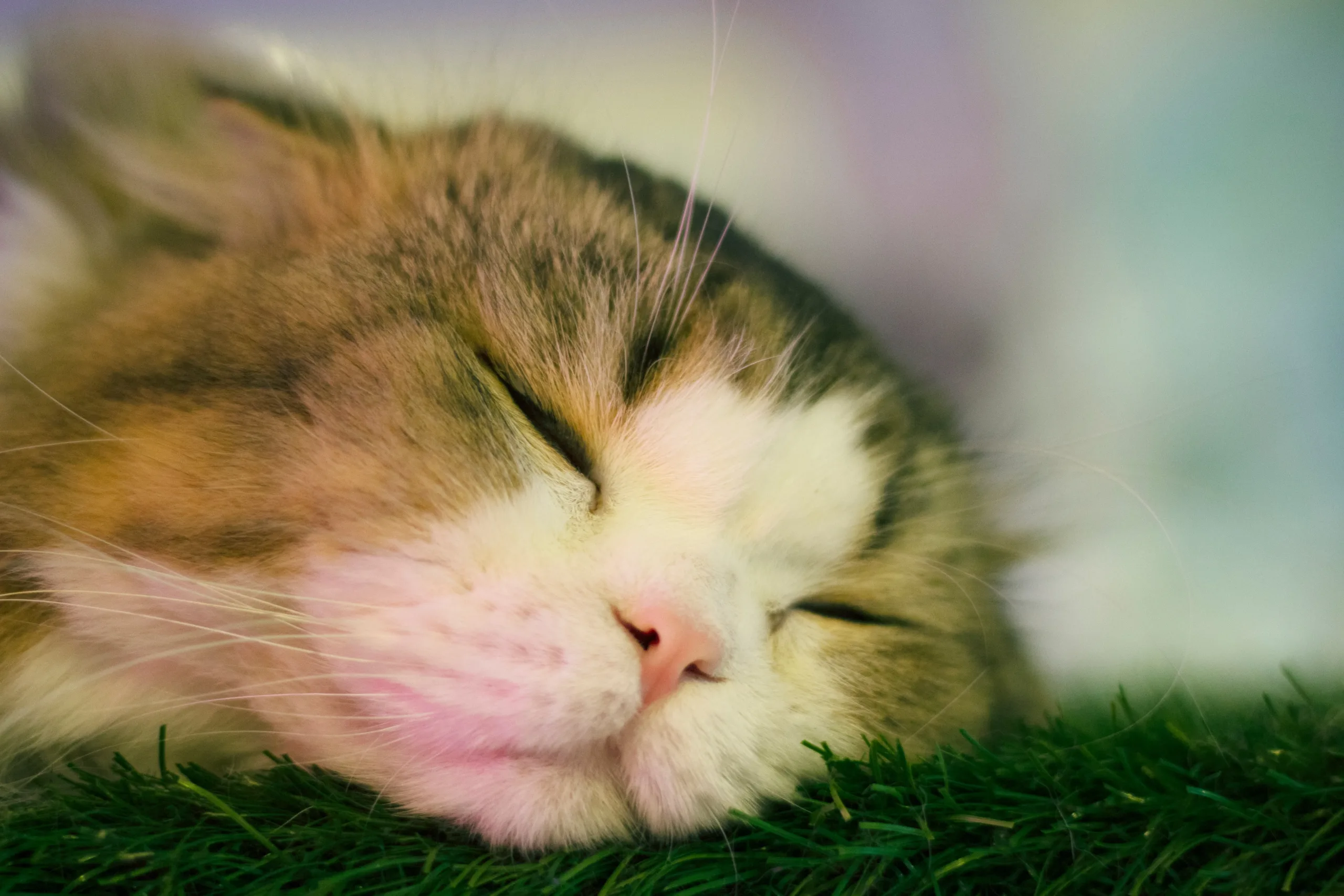As cat owners, we often find ourselves mesmerized by the captivating expressions of our feline companions. Cats possess a plethora of unique facial features that contribute to their charm and communication abilities. However, when it comes to lips, cats have a distinctive anatomical structure that sets them apart from other animals, including humans. In this article, we will explore the mysteries of feline facial features, discuss what a cat’s lips are called, examine the appearance of cat lips, and answer the intriguing question of whether every animal has lips.
For more about cats click here
Do Cats Have Lips?
Cats do not have prominent, noticeable lips like humans or some other animals. Instead, they have a thin and sleek structure around their mouths that serves various purposes. The skin around a cat’s mouth may be slightly more pronounced in some breeds, but overall, it is not as visible as the lips we commonly associate with humans.
What Are a Cat’s Lips Called?
While cats lack the plump and visible lips found in humans, the area surrounding their mouths is referred to as the labial region or oral commissure. This region includes the skin and muscles around the mouth and helps to enclose and protect the oral cavity.
Do Cats Have Bottom Lips?
The concept of top and bottom lips, as observed in humans, is not applicable to cats. Instead, cats have a continuous, sleek, and streamlined structure that encompasses their entire mouth area. This labial region serves essential functions related to feeding, grooming, and communication.
What Do Cat Lips Look Like?
Cat lips, or the labial region, are subtle and less pronounced compared to the lips of humans. They are not visible from the exterior unless a cat’s mouth is open. When a cat’s mouth is closed, the labial region appears as a seamless continuation of the fur around their face.
The labial region is designed to accommodate various actions, such as licking, grooming, and grasping food. Cats have specialized structures on their tongues that assist in grooming and removing loose fur. Their lips, although not as noticeable, play a vital role in facilitating these actions.
Does Every Animal Have Lips?
While cats do not have distinct lips as humans do, most animals have some form of a mouth or oral region to facilitate eating and other essential functions. The appearance and functionality of this region can vary significantly depending on the species.
In animals such as dogs, horses, and cows, the oral region may be more pronounced and appear similar to what we associate with lips in humans. These animals often have more visible and defined structures around their mouths.
On the other hand, some animals, like birds and reptiles, have beaks or bills that serve similar functions to lips in guiding food into their mouths. Birds use their beaks to grasp and manipulate food, while reptiles use their specialized jaws and tongues.
FAQs (Frequently Asked Questions)
1. Can I see a cat’s lips when it meows?
When a cat meows, you may catch a glimpse of their labial region as their mouth opens to vocalize. However, the lips themselves are not prominently visible, and the focus is usually on their expressive eyes and facial expressions.
2. Do cat lips affect their eating habits?
The sleek and streamlined labial region of cats is well-adapted to their eating habits. Cats use their tongues to lap up water and food, and their lips play a role in guiding and grasping food while eating.
3. Can I apply lip balm or cosmetics to my cat’s lips?
No, it is not recommended to apply any lip balm or cosmetics to your cat’s lips or labial region. Cats groom themselves extensively, and ingesting such substances can be harmful to their health.
4. Do other animals have lips like humans?
No, most animals do not have lips in the same way humans do. The appearance and structure of the oral region vary greatly among different species, and adaptations are specific to their needs and behaviors.
5. What are the main functions of a cat’s labial region?
The labial region of a cat’s face serves multiple functions, including guiding food into the mouth, facilitating grooming with the tongue, and protecting the oral cavity.
Conclusion
In summary, cats have a unique and subtle labial region that serves important functions in their daily activities. While not as prominent as human lips, this specialized facial feature complements the overall elegance and allure of our feline friends.
Click here for more
